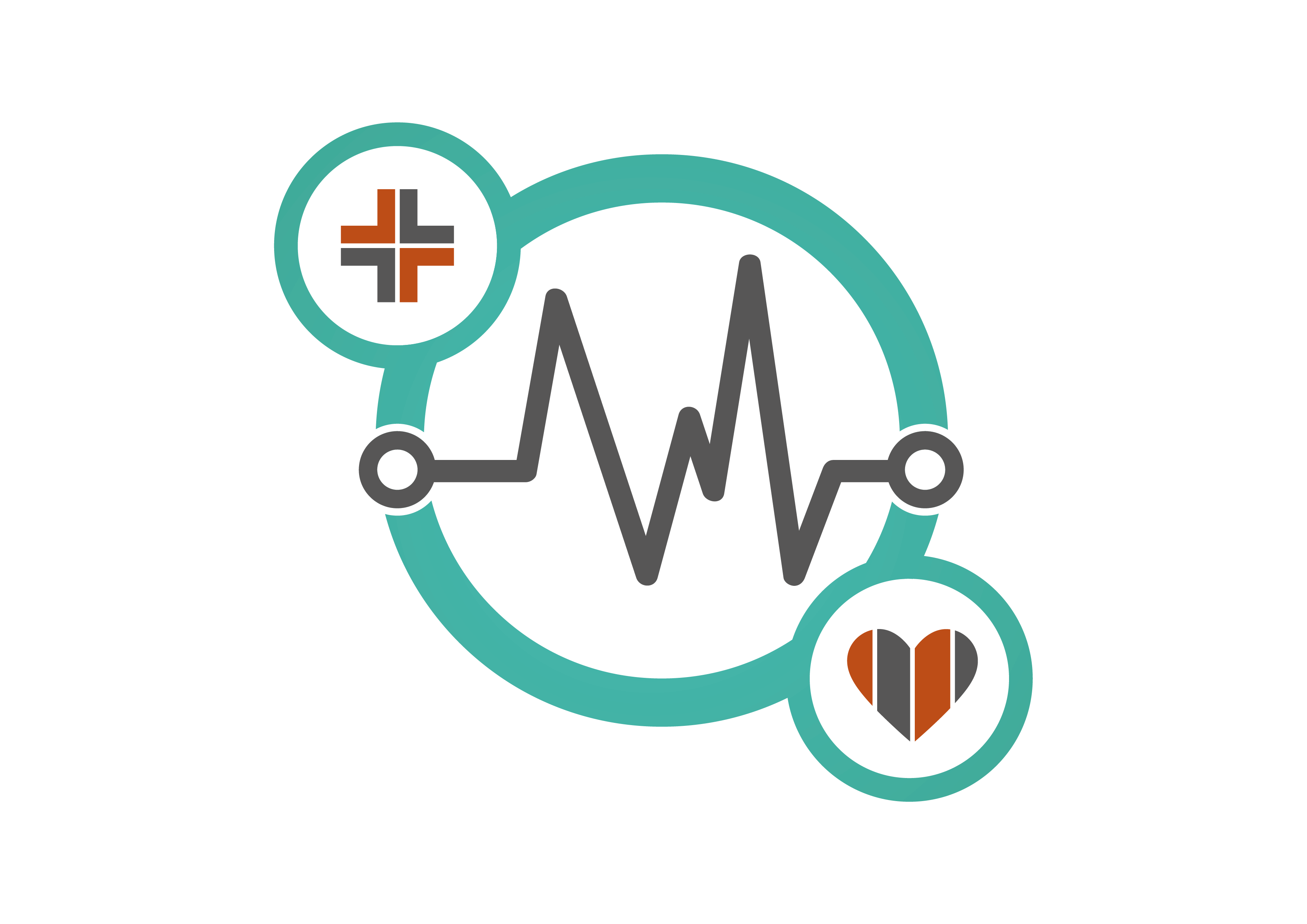In this article, Florian Pivit, Managing Director at GLOBES Elektronik GmbH & Co KG, a milexia company, discusses the future of green healthcare and the technology that will support the sector in becoming more environmentally sustainable.

How emerging technologies are contributing to greener healthcare practices
As in every electronic segment healthcare is looking to minimise the use of harmful substances. The use of lead-free solder where possible and prescribed is already normal, new antibacterial surfaces and the use of UV-light for disinfection minimises the requirement for chemical cleaning products, and new technical breakthroughs can replace entire technologies. For example, the use of radioactive substances in radiotherapy can be replaced by other means like proton particle accelerators.
Proton accelerators used in cancer treatments do not penetrate all the way through the body. Instead, they stop sharply at a depth determined by their energy. By modulating the beam’s energy and direction, clinicians can deliver radiation over a 3D tumour volume while protecting healthy surrounding tissue.
Radioactive waste is potentially highly hazardous. If not managed correctly remain highly radioactive for tens of thousands of years, posing a threat to agricultural land, fishing waters, freshwater sources, and humans. Replacing radioactive therapy with proton therapy eliminates the risk of radioactive waste not being properly managed and causing a risk to human health and the environment.
Smart Sensors and real-time monitoring systems optimising waste management processes
Smart Sensors are highly efficient for controlling and monitoring patient vitals in real-time, and within key control parameters. For example they can ensure that cooling chains for medications are uninterrupted, or if they are interrupted, they can detect where and for how long. They can detect exposure to harmful contamination, locate equipment in a hospital, ensure maintenance cycles and enable pre-emptive maintenance.
Furthermore, Smart Sensors can help to trace data, devices, substances, to ensure they are not lost, misplaced, misused or disposed in an unsafe manner.
The continuous development in sensor technology is currently often driven by consumer electronics and makes it ubiquitous available and low cost. Every cell-phone user is using a number of these already: acceleration and motion sensors, fingerprint sensors, light and temperature sensors are used in all kinds of consumer electronics, cell phones, cars and other commodities. Likewise, much more elaborate sensors like sensors for various gases, drugs, bacteria and viruses, radiation, blood oxygen, blood sugar etc. are rapidly developed and are becoming low-cost devices. All of these will replace other technologies that require more energy, biochemical processes and substances and other resources, helping to decrease the environmental impact.
The role of digital platforms and communication technologies in facilitating collaboration among healthcare institutions to share best practices in green strategies
Since many parties are involved in the value chain in medical technology from suppliers, hospitals, doctors to patients and waste management companies, a seamless documentation and exchange of data in the digital domain is crucial to monitor the complete lifecycle of a medical product. It is important to have technology available that spans over different platforms, is secure, and cannot be altered (e.g. manufacturing dates of perishable products).
One of the most innovative and powerful innovations in this field is the evolution of Blockchain technologies and encryption. Blockchain technology is crucial to ensure the integrity of data, it can control who has access to it, who added or altered it, when and where.
Cloud-based healthcare data storage is vital for the reliable transfer and sharing of data across multiple locations and healthcare providers, to enable care teams to coordinate on patient care and Digital Imaging and Communications in Medicine (DICM) studies. AI applications coupled with cloud computing can support the delivery high-quality personalised care that in turn is more sustainable by reducing waste and inefficiency. Encrypted data stored virtually is easy to anonymise and can be used for forecasting, disease modelling, and to optimise green treatment practices and hospital resources.
The implementation of advanced analytics and predictive modelling assist healthcare organisations in forecasting and minimising the environmental impact of medical waste
Advanced supply management and forecasting is crucial. For example, detecting the need for specific medications based on data from hospitals and doctors to predict events like the corona pandemic and flu events. Also, the prediction of seasonal events can be improved by this.
AI is already used in several health applications, such as image processing and pattern recognition for the analysis of tomographic and MRI data, to detect anomalies or illnesses that might go otherwise undetected even by an experienced medical professional.
AI for predictive modelling could be widely used to monitor the use of medical equipment and medication, to ensure the amount of supplies produced do not go to waste and the need to dispose them at added cost and resources is minimised. The most advanced technological development for predictive modelling is the use of digital twins, which allows companies to monitor and predict the performance of components and complex systems throughout their lifecycle. Digital twins are virtual representations of a patient or a specific aspect of healthcare, like a medical device or a healthcare process, and they are making a profound impact on healthcare. Increasingly, the technology is being used to monitor ecosystems and processes, which can then help forecast and eliminate waste.
When it comes to patient data a digital twin provides invaluable data insights about the workings of genes, cells and body organ systems with patients’ personal data to create personalised medication, forecast the results of particular surgery and for efficient control of chronic illness. There is a certain reluctance to adopt this technology since patients do not want to see their health be put into the hands of a robot-like machine. Of course, this methodology can make mistakes. Human supervision and the last verdict by a medical professional should always be there. Human insight and expertise should work hand in hand with AI for the best results, and to increase the efficiency of medical staff, reduce misdiagnosis and reduce cost.
Key areas of growth and investment in the HealthTech industry in 2024?
The healthcare industry is embracing technology, innovation and legislation initiatives in particular in EU to support the aging population growth. Developing resilient, sustainable and efficient health systems requires a data-driven approach. The fusion of AI and cloud technology is a key enabler of this data-driven vision.
The data protection regime and the use of data will continue to play a pivotal role in shaping the development of digital HealthTech. The new EU AI act will have a significant impact on the development of AI-empowered healthcare and winning back the public’s confidence in embracing AI-based solutions that are regulated to be safe, transparent, non-discriminatory and environmentally friendly. The UK Government aims to digitise health with a series of reforms, and the ambition for the majority of health and social care services to become digitised by March 2025. However, Germany continues to take the lead in regulating digital health. In Germany several initiatives are underway to create a coherent and legally secure framework for accessing and sharing health data. The most important of these are the Digital Act and the Health Data Use Act which are expected to take effect in early 2024. The Health Data Use Act plans to grant industry companies an access right to patient health data for research purposes. The Digital Act envisages significant restrictions for the pricing and reimbursement of Digital Health Apps.
In 2024 we will see focussed research and investment into the viability of 3D-printed organs for transplant using biological tissue taken from the patient’s body. Valued at over 1.7 billion USD, advances in technology and projects indicate the 3D printing market will double in value by 2030. Additive manufacturing, where products are constructed using processes such as 3D printing, will have a major impact on healthcare especially for personalised implants, prosthetics, and surgical devices.
The COVID-19 pandemic has had also a significant impact on mental health, and there is a growing recognition of the need for better mental health care. This is likely to lead to increased investment in mental health tech startups in Europe in 2024.


